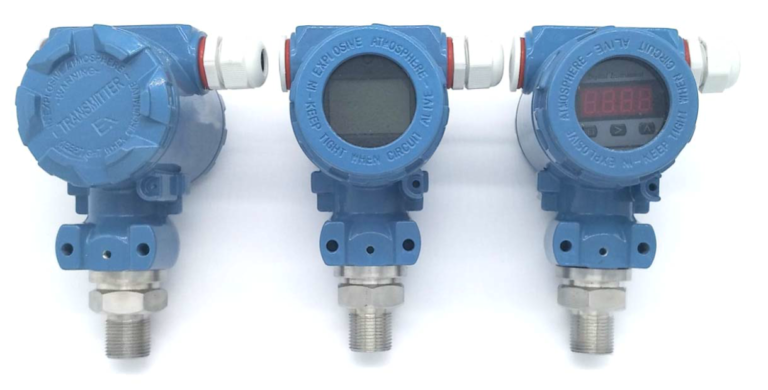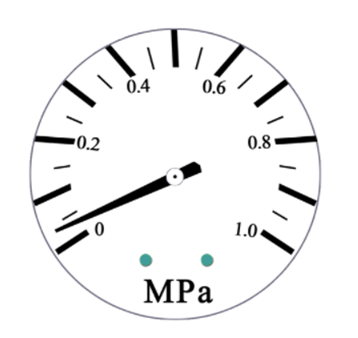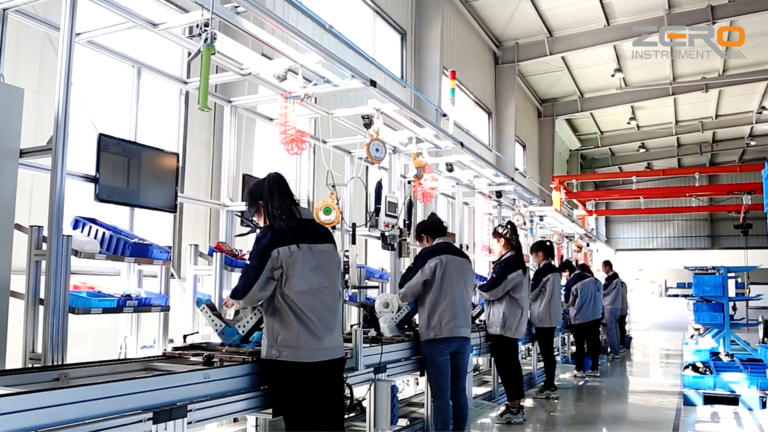1. Do not use a voltage higher than 36V on the transmitter, it will easily lead to damage.
2. The transmitter should not touch the diaphragm with hard objects, it will damage the diaphragm piece.
3. The measured medium can not be frozen, otherwise, the sensor element isolation diaphragm is easily damaged, resulting in damage to the transmitter.
4. In the measurement of steam or other high-temperature media, its temperature should not exceed the limit temperature when the transmitter is used, otherwise a heat sink must be used.

5. In the measurement of steam or other high-temperature media, to make the transmitter and the pipeline connected, use the heat pipe, and use the pressure on the pipeline to the transformer. When the measured medium is water vapor, the heat pipe should be injected with the appropriate amount of water to prevent superheated steam from directly in contact with the transmitter, resulting in damage to the sensor.
6. In the pressure transmission process, should pay attention to a few points: transmitter and heat pipe connection must not leak; be careful when opening the valve, to avoid direct impact of the measured medium, and damage to the sensor diaphragm; must keep the pipeline smooth, to avoid sediment in the pipeline pop-up and damage to the sensor diaphragm.

7. Prevent dross from being deposited in the conduit and the transmitter from coming into contact with corrosive or overheated media.
8. When measuring gas pressure, the pressure take-off port should be opened at the top of the process pipe, and the transmitter should also be installed at the upper part of the process pipe so that the accumulated liquid can be easily injected into the process pipe.
9. When measuring liquid pressure, the pressure take-off port should be opened at the side of the process pipe to avoid the deposition of slag.
10. A pressure guide tube should be installed in the place where the temperature fluctuation is small.

11. When measuring the liquid pressure, the installation position of the transmitter should avoid the impact of the liquid (water hammer phenomenon), to avoid overpressure damage to the transmitter.
12. When freezing occurs in winter, the transmitter installed outdoors must take anti-freezing measures to avoid the liquid in the pressure-inducing port expanding in volume due to freezing, resulting in the loss of the transmitter.
13. Wiring, the cable through the waterproof connector or winding tube and tighten the sealing nut to prevent rainwater leakage through the cable into the transmitter shell.
14. Measurement of steam or other high-temperature media, needs to be connected with a buffer tube (coil) and other condensers, and should not make the transmitter’s operating temperature exceed the limit.
